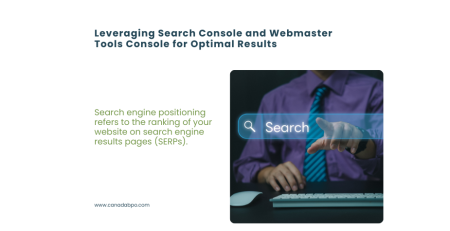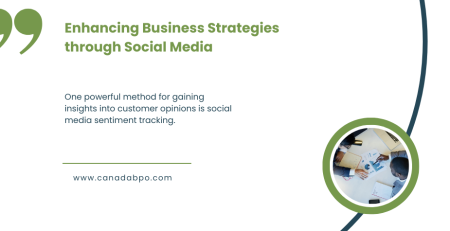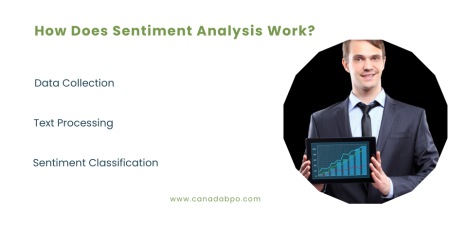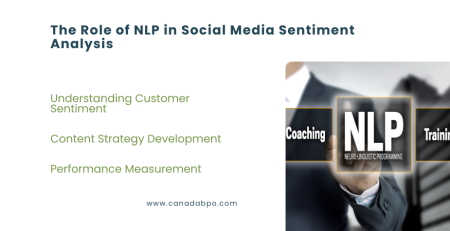In the rapidly evolving landscape of digital marketing, understanding consumer sentiment is more crucial than ever. With the increasing amount of user-generated content on social media, businesses must utilize advanced techniques like NLP text analysis and TextBlob sentiment analysis to gain valuable insights. This blog post will explore how digital marketing services leverage these tools to enhance social media sentiment analysis and how they can implement effective business strategies.
What is NLP Text Analysis?
Natural Language Processing (NLP) is a subset of artificial intelligence that focuses on the interaction between computers and human language. NLP text analysis involves the extraction of meaningful information from text data, allowing businesses to understand customer sentiments, opinions, and trends. By processing and analyzing large volumes of text, businesses can gain insights into customer behavior and preferences, ultimately improving their marketing strategies.
Understanding TextBlob Sentiment Analysis
TextBlob is a popular Python library that simplifies the process of conducting sentiment analysis on textual data. It provides a user-friendly interface for processing and analyzing text, allowing businesses to categorize sentiments as positive, negative, or neutral with ease. TextBlob uses a pre-trained model to evaluate the emotional tone of a given piece of text, making it an invaluable tool for businesses seeking to gauge customer sentiment.
How Digital Marketing Services Leverage NLP Text Analysis and TextBlob
Digital marketing agencies can harness the power of NLP text analysis and TextBlob sentiment analysis to implement effective strategies in various ways:
- Real-Time Sentiment Monitoring:
- By employing NLP techniques and TextBlob, businesses can monitor social media conversations and track brand mentions in real time. This immediate access to sentiment data allows companies to respond promptly to customer feedback and address concerns before they escalate.
- Customer Insights:
- Analyzing sentiment data provides valuable insights into customer opinions and preferences. By understanding what customers are saying about their products or services, businesses can refine their offerings and tailor marketing messages that resonate with their audience.
- Enhanced Customer Engagement:
- Understanding sentiment trends enables businesses to engage with customers more effectively. Positive sentiments can be leveraged for promotional campaigns, while negative sentiments can guide businesses in addressing issues and improving customer satisfaction.
- Competitor Analysis:
- NLP text analysis allows businesses to evaluate competitor sentiment as well. By understanding how customers perceive competitors, companies can adjust their marketing strategies to highlight their unique value propositions and capitalize on competitors’ weaknesses.
- Content Optimization:
- Businesses can use sentiment analysis to optimize their content strategies. By analyzing which types of content resonate best with audiences, marketers can create targeted campaigns that drive higher engagement and conversions.
Implementing NLP Text Analysis and TextBlob in Digital Marketing
To effectively implement NLP text analysis and TextBlob sentiment analysis, businesses can follow these steps:
- Data Collection:
- Gather data from various sources, including social media platforms, customer reviews, and blogs. Tools like web scraping and social media monitoring software can help in this process.
- Data Preprocessing:
- Clean and preprocess the collected data to remove noise, such as irrelevant characters, stop words, and duplicates. This step is crucial for ensuring accurate sentiment analysis.
- Sentiment Analysis with TextBlob:
- Utilize the TextBlob library to analyze the preprocessed text data. TextBlob can provide sentiment scores and categorize sentiments into positive, negative, or neutral, enabling businesses to understand public perception.
- Data Interpretation:
- Analyze the results to identify trends, patterns, and key insights. Understanding the emotional tone of customer conversations can guide marketing strategies and improve product offerings.
- Strategy Implementation:
- Use the insights gained from sentiment analysis to inform marketing campaigns, optimize content, and improve customer engagement. Regularly revisit sentiment analysis to adapt strategies based on changing consumer preferences.
In today’s digital marketing landscape, leveraging NLP text analysis and TextBlob sentiment analysis is essential for businesses aiming to understand and respond to customer sentiments effectively. By implementing these tools, digital marketing services can unlock valuable insights that drive marketing strategies and foster deeper customer engagement.
As consumers increasingly turn to social media to express their opinions, investing in sentiment analysis capabilities will empower businesses to navigate challenges, optimize their marketing efforts, and ultimately enhance customer satisfaction. With the right tools and strategies in place, businesses can gain a competitive edge and thrive in the digital marketplace.










